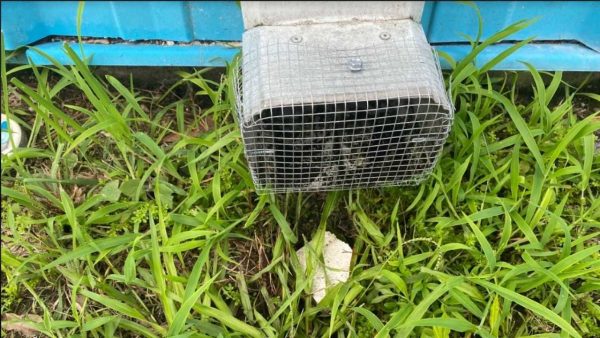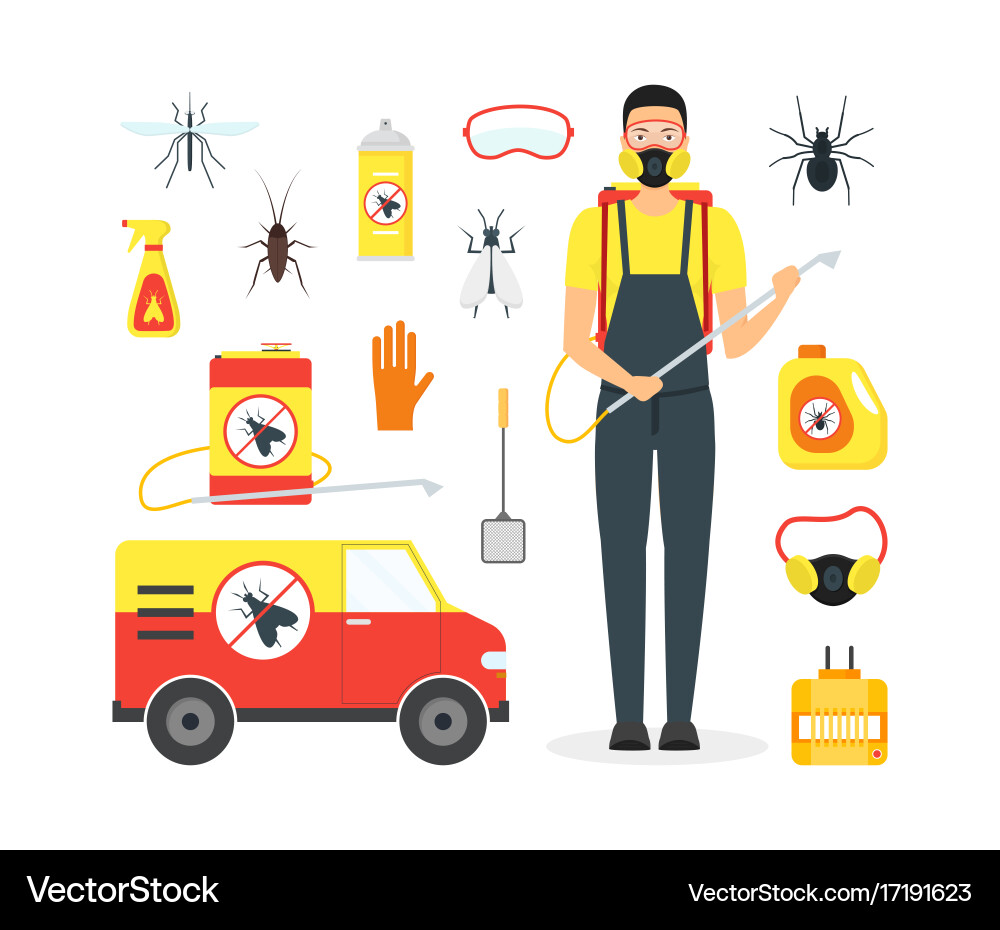Best Residential Pest Control Service in Port Charlotte
Best Residential Pest Control Service in Port Charlotte
Blog Article
Comprehensive Overview to Comprehending Parasite Control Techniques and Their Therapy
Understanding parasite control methods is vital for reliable management of unwanted organisms that position dangers to wellness, farming, and property. This comprehensive guide will certainly explore different strategies, including chemical services, biological strategies, and mechanical techniques, all under the umbrella of Integrated Parasite Management (IPM) As we examine these methods, it becomes significantly clear that the selection of technique can dramatically affect both human rate of interests and eco-friendly equilibrium. What aspects should be considered when choosing the ideal pest control approach for a details circumstance? The response might result in even more lasting techniques than one might originally presume.
Summary of Insect Control Techniques
Pest control methods incorporate a variety of strategies made to handle and remove unwanted organisms that can damage human wellness, agriculture, and home. Reliable pest administration is vital for keeping the stability of ecosystems and making certain the security of food materials. These approaches can be broadly categorized into three main approaches: social, mechanical, and biological controls.

Social control entails changing farming methods or ecological problems to minimize parasite facility and recreation. Mechanical control counts on physical obstacles or devices to protect against pest accessibility or straight eliminate them.
Organic control uses natural predators, parasites, or microorganisms to regulate pest populations. This technique emphasizes environmental equilibrium and can include presenting useful insects, such as ladybugs or predative nematodes, to take care of parasite presence.
Integrated parasite administration (IPM) integrates these methods, using an alternative technique that emphasizes prevention, tracking, and responsible management. By utilizing a blend of these techniques, insect control can be more lasting and effective, reducing dependence on chemical treatments while protecting human health and wellness and the atmosphere.

Chemical Insect Control Solutions
A variety of chemical bug control options are available, supplying effective alternatives for managing insect populaces when other approaches may fail. These solutions mostly consist of insecticides, herbicides, fungicides, and rodenticides, each designed to target specific parasites while lessening damage to non-target microorganisms.
Insecticides are particularly effective against a variety of insects, including ants, roaches, and termites, and can be identified as contact or systemic agents. Contact insecticides kill bugs on call, while systemic pesticides are absorbed by plants, making them toxic to bugs that eat them. Herbicides are made use of to regulate undesirable plant life, whereas fungicides are vital for taking care of fungal conditions that can harm plants and decorative plants.
Additionally, integrated pest management (IPM) concepts need to be utilized, incorporating chemical solutions with social, mechanical, and organic strategies for sustainable parasite control. This alternative strategy not just improves pest management effectiveness yet also decreases potential ecological impacts linked with chemical usage.
Organic Bug Control Techniques
Organic insect control techniques supply an eco-friendly alternative to chemical methods by making use of natural killers, parasites, or pathogens to handle insect populations. This technique leverages the ecological partnerships between visit this web-site microorganisms, advertising a balanced ecological community while decreasing chemical residue in the environment.
Among one of the most typical organic control approaches involves the intro of all-natural enemies. For example, ladybugs are used to control aphid populations, while parasitical wasps can target caterpillars and various other pests. These natural killers properly lower pest numbers without hurting beneficial insects.
In addition, microbial representatives such as bacteria, fungi, and infections are made use of to contaminate and kill details bugs. Bacillus thuringiensis (Bt), a normally happening microorganism, is widely used to control caterpillars and various other larvae, showcasing the effectiveness of microbial insect control.

Physical and Mechanical Techniques
Regularly utilized in integrated pest management strategies, physical and mechanical techniques work as effective devices for regulating bug populations without the use of chemicals. These techniques count on physical obstacles, traps, and other visit site mechanical tools to stop or get rid of pests, making them eco-friendly options.
Physical techniques consist of the usage of obstacles such as insect netting, displays, or row covers that literally block insects from accessing plants. This is particularly valuable in farming settings where plant security is crucial. In addition, habitat adjustment, such as eliminating debris and standing water, can lower pest reproducing sites, consequently minimizing invasions.
Mechanical methods incorporate catches, which can be created to capture certain bugs. Sticky traps and scent catches prevail examples that draw and preserve insects, promoting monitoring and control. Vacuuming is one more mechanical technique, reliable for removing pests from indoor atmospheres, specifically in instances of infestations.
Preventative Insect Administration Strategies
Efficient preventative bug management techniques are essential for preserving healthy and balanced environments and decreasing pest-related issues before they develop (Pest Control in Port Charlotte, FL). These strategies concentrate on positive steps that decrease the likelihood of bug invasions by resolving the source

Another essential technique includes proper landscaping practices (Pest Control in Port Charlotte, FL). Maintaining vegetation trimmed and far from structures can minimize harborage areas for parasites. Executing incorporated bug management (IPM) strategies that consist of keeping an eye on insect populaces and utilizing biological controls can cultivate a balanced community that naturally suppresses pest numbers.
Education and learning and training for personnel and homeowners on acknowledging early signs of parasite task are additionally essential components of a reliable preventative program. By promoting an atmosphere of recognition and caution, organizations and house owners can substantially improve their parasite monitoring efforts and protect their areas against future invasions.
Verdict
Using an Integrated Pest Management (IPM) structure permits go to website for the lasting monitoring of parasites while decreasing environmental influence. Inevitably, a complete understanding of these diverse bug control strategies is crucial for accomplishing effective end results in parasite management initiatives.
Report this page